Plants or Crops
All Plants or Crops Content

Delayed Planting Due to Soil Temperatures?
Although it can be tempting to get a head start with row crops, it's important to be mindful of soil temperatures and the risks associated with planting early.

Planting Spring Wheat Into Corn or Milo Residue: Considerations for Scab
Due to current grain prices and other reasons, growers may be considering planting spring wheat into fields that were planted to corn or milo last season. While this type of crop rotation is not generally recommended, economic and logistical challenges sometimes may dictate otherwise.
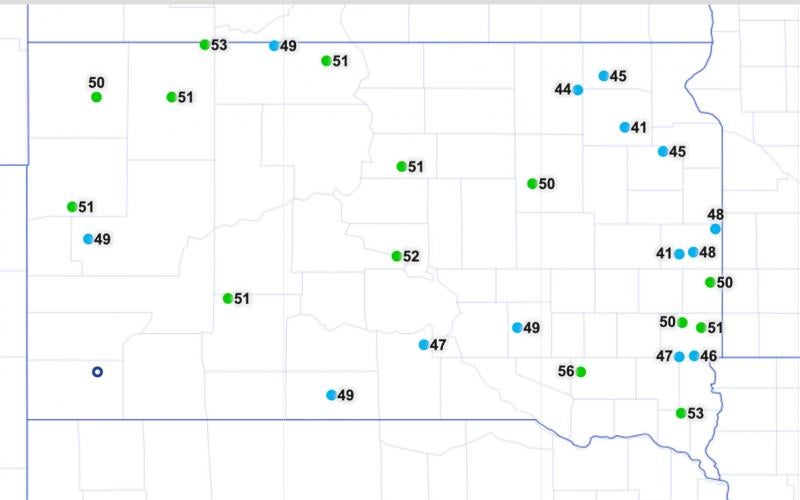
Soil Temperature for Planting Spring Crops
Soil temperature is an important consideration for deciding when to begin planting spring crops. If producers in South Dakota would like a quick reference for soil temperatures in their area, the SD Mesonet network measures soil temperature at several weather stations throughout the state.

Chloride Fertilizers May Be Beneficial in Spring Wheat Production
Chloride, the ionic form of chlorine, although not considered an essential nutrient, has long been observed to be highly beneficial to field crops. Chloride is known to play an essential role in plant development and osmoregulation.

Low Temperature Damage to Corn and Soybean
Temperatures are forecast to reach 32°F or lower in large areas of South Dakota for several nights beginning on May 7, 2020. While a relatively low percentage of planted crops are likely to be emerged at this point in time, producers may still want to evaluate individual fields for crop damage.
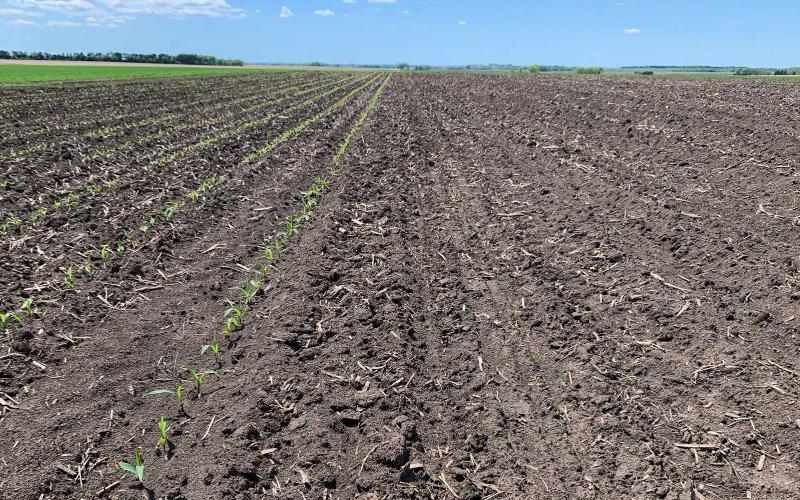
2020 Corn Growing Degree Days Update
Spring planting progress of corn in 2020 has been much ahead of a typical year in South Dakota. Crop development, however, seems slow.

Winter Wheat Decisions
Winter wheat planting will soon be starting and a number of decisions will have to be made for a successful winter wheat crop, including: the time of planting, the choice of variety to be planted, disease and pest management decisions and crop insurance.
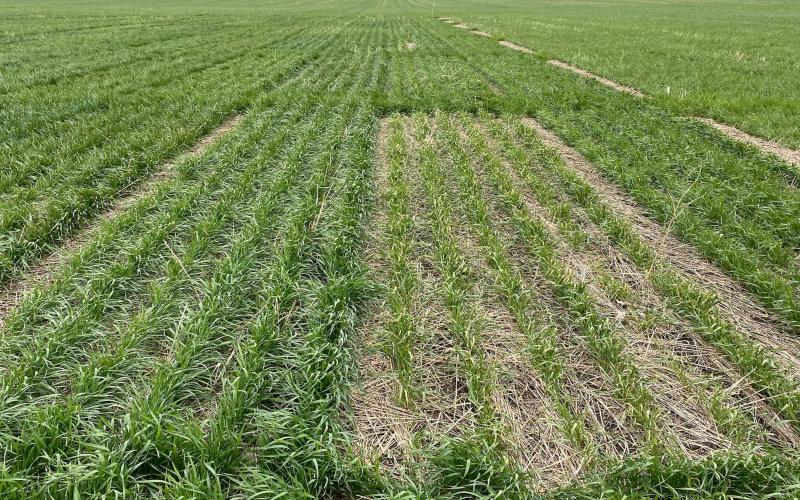
Low Temperature Effects on Winter Wheat
Low temperatures during the early morning hours of May 9–11, 2020 may have had detrimental effects on winter wheat in some areas of South Dakota. However, cooler spring temperatures that have slowed the winter wheat development this year may have actually been beneficial to S.D. producers, as later-maturing wheat is not as susceptible to injury from freezing temperatures.
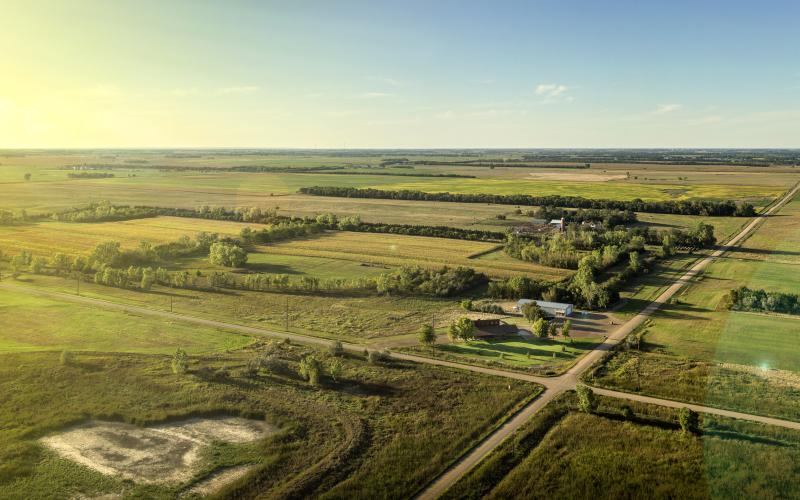
Barley Variety Trial Results
In 2019, Barley trial was planted at one location in South Dakota.
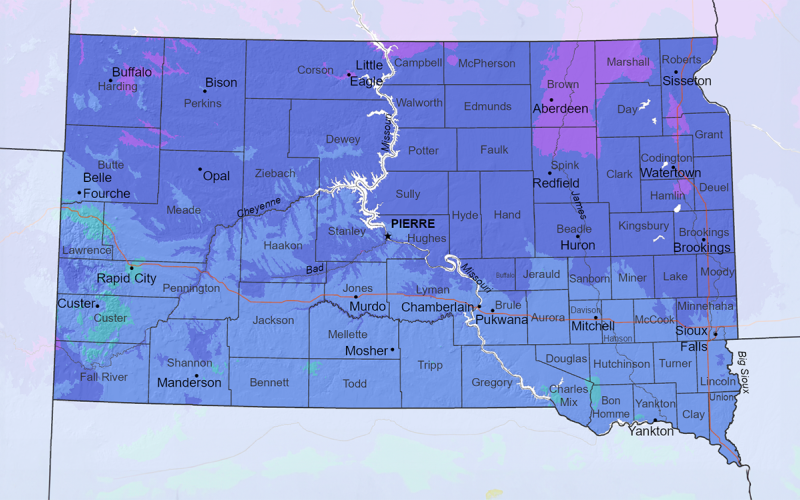
2023 USDA Plant Hardiness Zones
Winter and spring are a great time for planning new garden and landscape designs. Learn how recent updates to the USDA Plant Hardiness Zones may have South Dakota gardeners feeling extra adventurous when selecting new plants for their gardens this season!